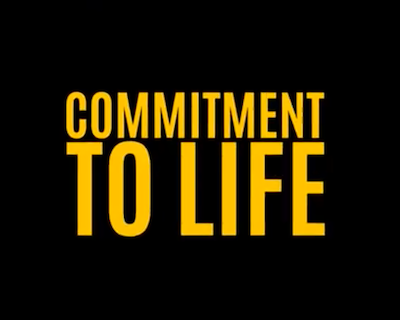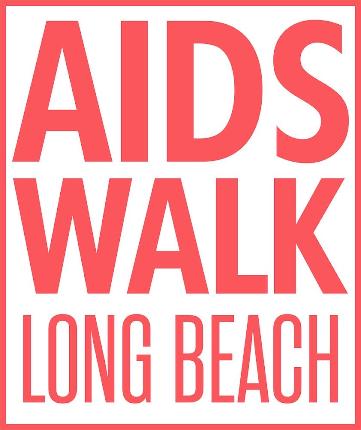The raw text of Assembly Bill 329 is, for a bill, fascinating. The recently-passed act known as the California Healthy Youth Act lays out its purpose in the bill’s description in no uncertain terms. Passed in 2016, the bill’s purpose is:
(1) To provide pupils with the knowledge and skills necessary to protect their sexual and reproductive health from HIV and other sexually transmitted infections and from unintended pregnancy.
(2) To provide pupils with the knowledge and skills they need to develop healthy attitudes concerning adolescent growth and development, body image, gender, sexual orientation, relationships, marriage, and family.
(3) To promote understanding of sexuality as a normal part of human development.
(4) To ensure pupils receive integrated, comprehensive, accurate, and unbiased sexual health and HIV prevention instruction and provide educators with clear tools and guidance to accomplish that end.
(5) To provide pupils with the knowledge and skills necessary to have healthy, positive, and safe relationships and behaviors.
For many reading this, it might not seem like a big deal. Boil it down to its essence, and it’s basically giving us exactly what we’ve always wanted for growing kids: To be educated, informed, and included when it comes to sex education in schools. But to see legislation put into words in this way seems almost radical. The fact that California is a blue state might not make it seem like the huge step forward that it is, but consider this: In a red country, California is putting the concepts of the sex positivity movement into action, and on paper.
The California Healthy Youth Act isn’t new, it’s been years in the making. When it was first instituted last year, it was seen as one of the most forward-thinking sex ed initiatives in the country. That goes double for its LGBTQ+ initiatives. In addition to requiring a queer-inclusive sex ed curriculum for individual schools and opening up conversations about coming out, abusive relationships, and HIV, the act, according to the New York Times, “requires all California public schools to teach students about gender expression and gender stereotypes.”
Not just gender expression, but gender stereotypes. That goes right up there with ‘body image’ in terms of concepts previously thought of as too nebulous or “internet-y” to have a place in law. This piece of legislation is one of the first to take the concerns of younger generations–those generations of kids raised on the Internet, who learned everything they ever wanted to know about sex from “My So-Called Life” and “Skins” – seriously.
So why is it important to care about the ongoing effects of the newly-passed bill? So we can see just how deep the change goes. The kind of teaching required by the bill doesn’t just ask institutions to step up to the teen plights of coming out and battling negative body image – it encourages teachers to bring their own experience with similar issues to the table. A recent Los Angeles Times article, written in response to the Weinstein scandal, asks the frustrating question, “how do we make male sexual entitlement stop?”
The conclusion? Education.
“[A middle school teacher] in Silicon Valley teaches a “fact-based sex-education curriculum, Teen Talk, developed by the Northern California educational group Health Connected. The lessons conform with a new California law, the Healthy Youth Act, which requires schools to teach about adolescent relationship abuse and also focus on healthy attitudes, behaviors and relationships.”
Thanks to the Healthy Youth Act, there isn’t just room in the curriculum to teach kids not to be like Harvey Weinstein. There’s room enough to explain to them, at length, why such behavior is unacceptable. And that’s huge.























